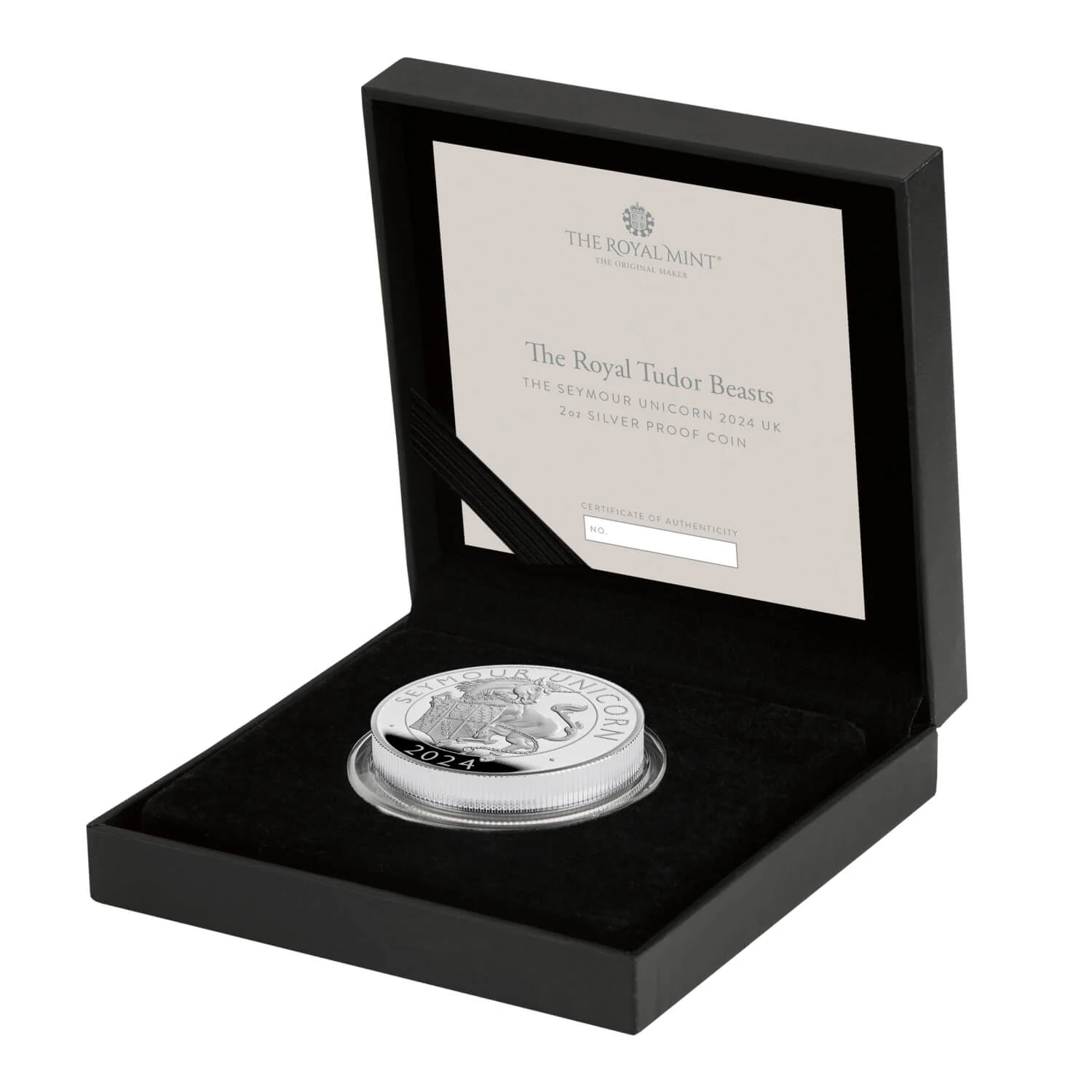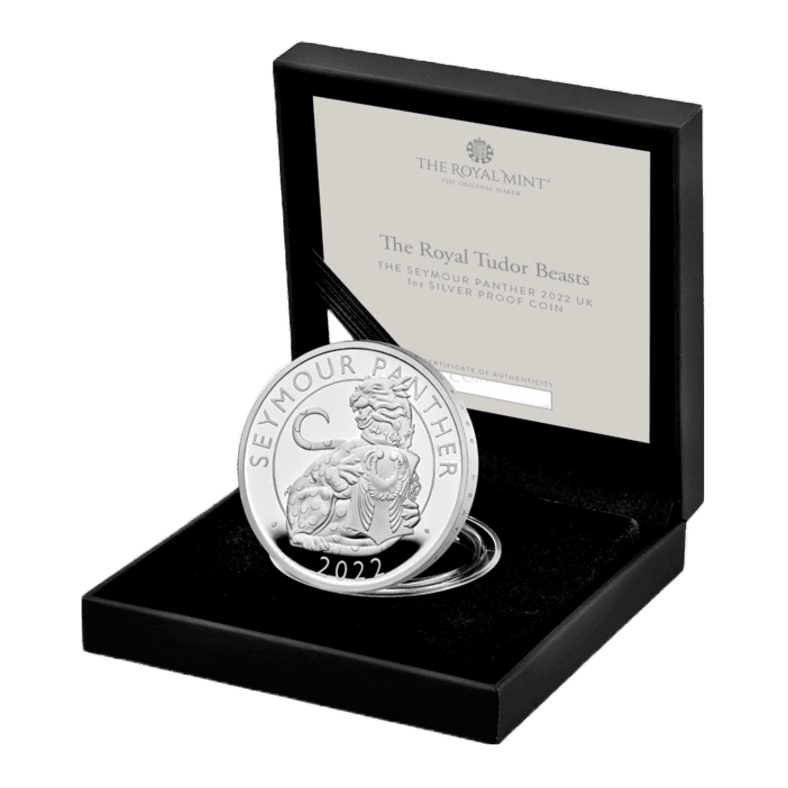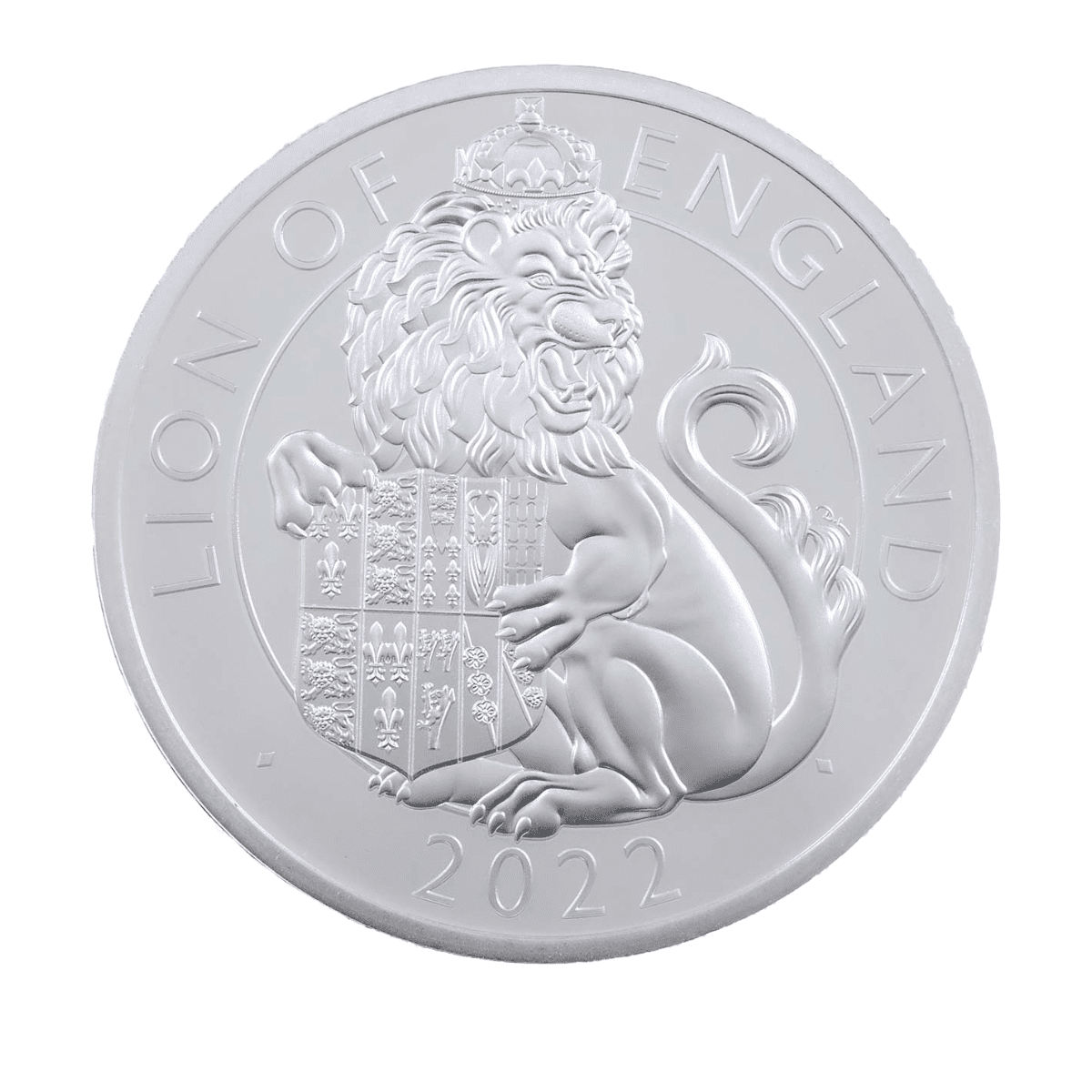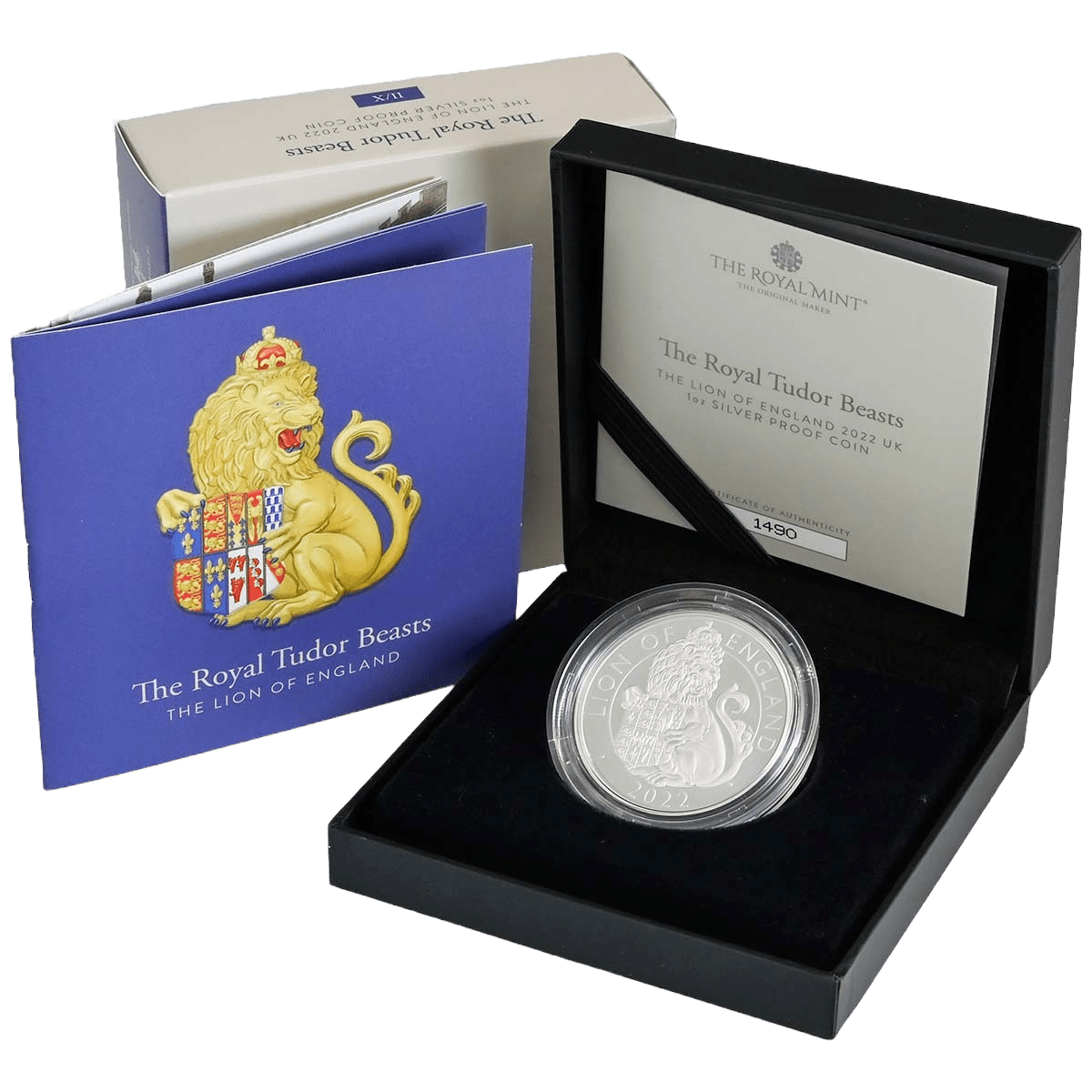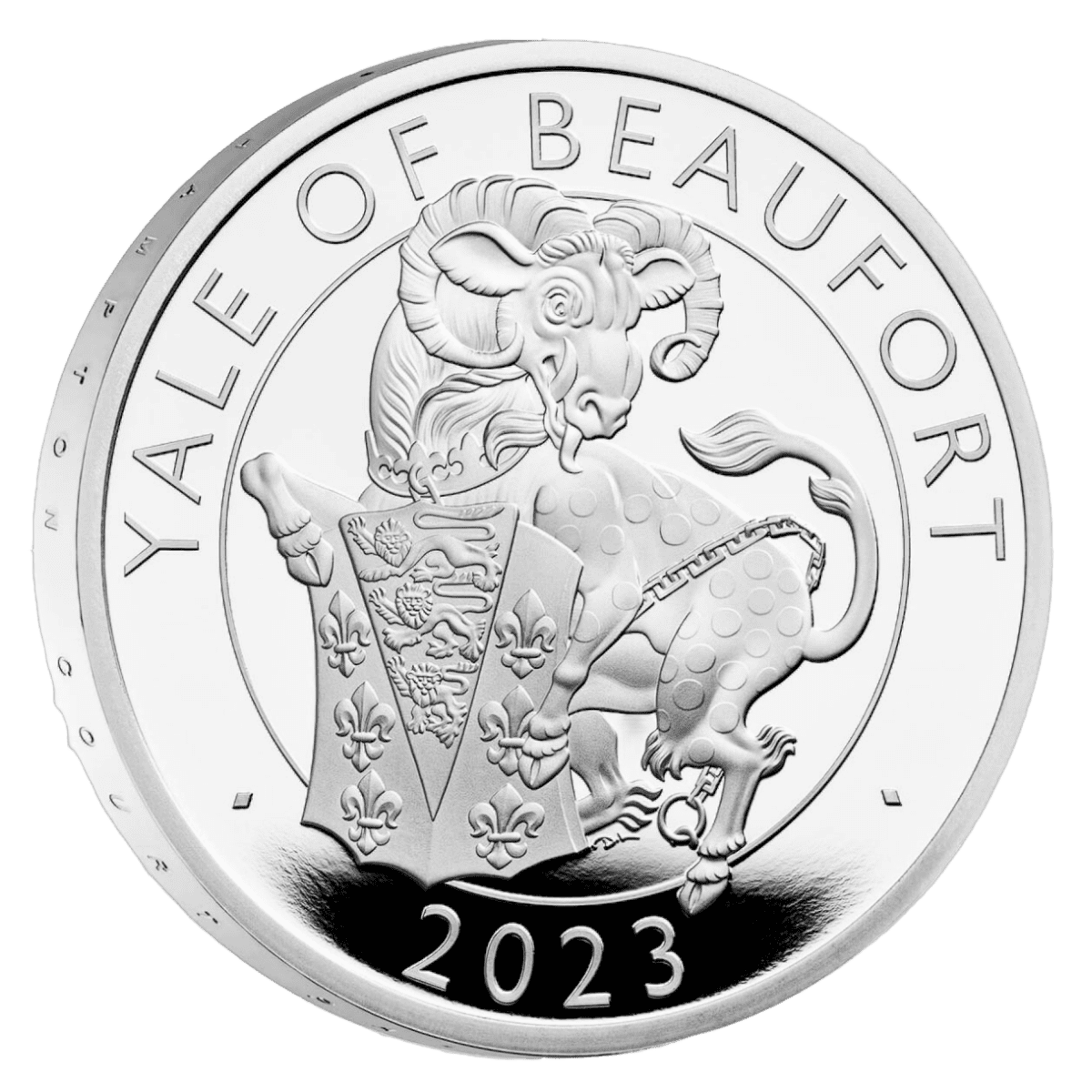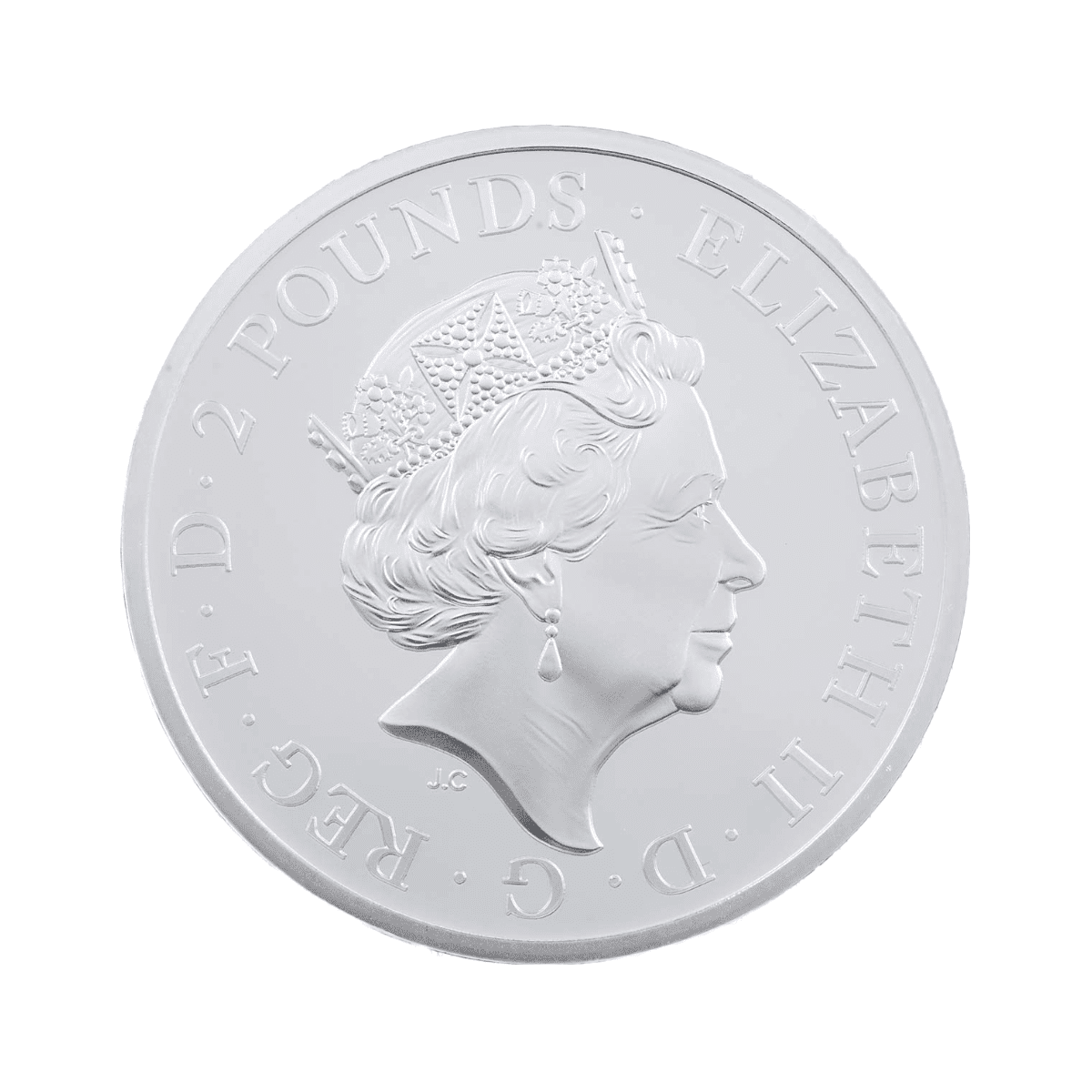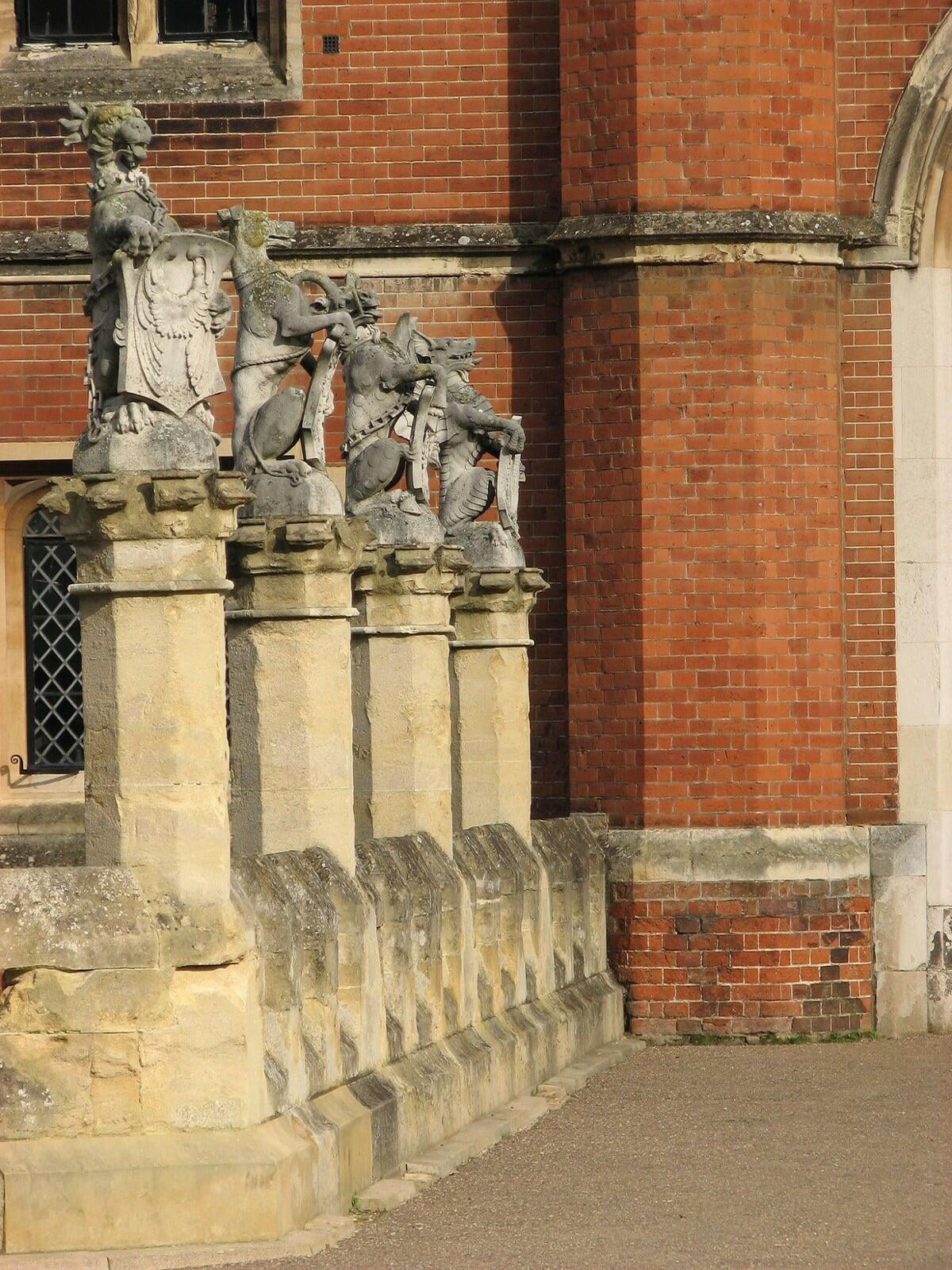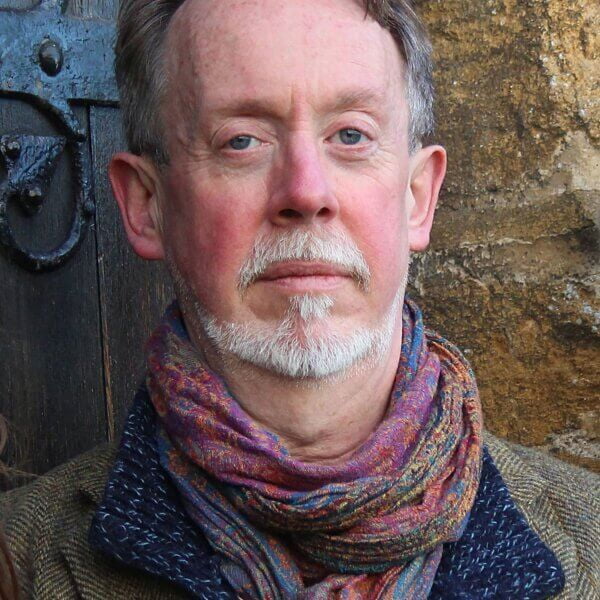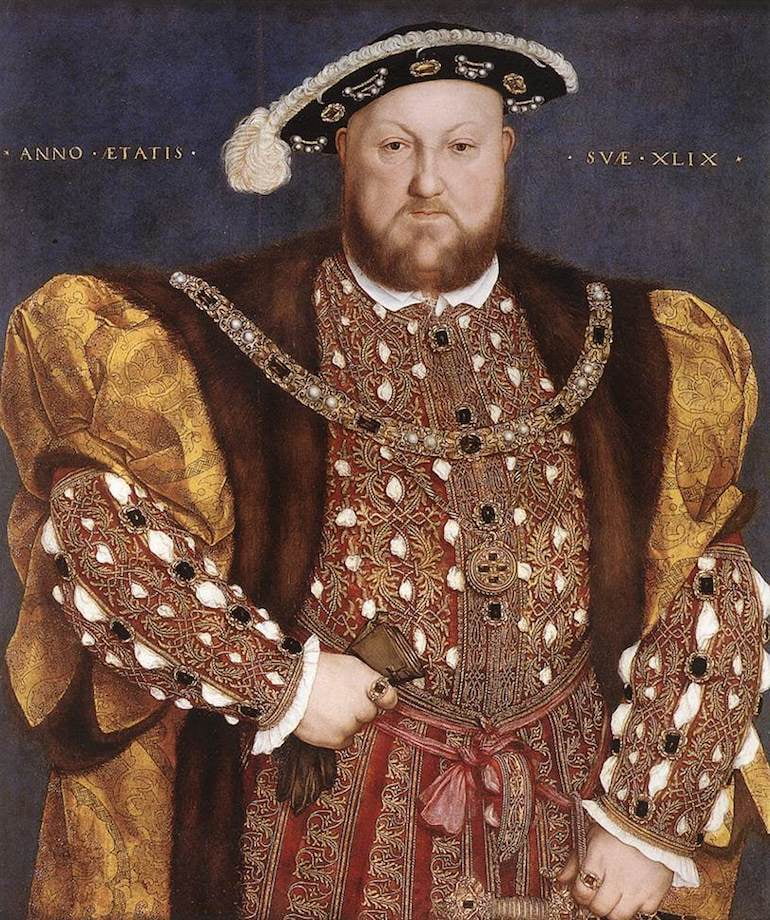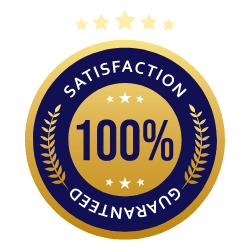The Seymour Panther and the Lion of England and the Yale of Beaufort are the first three coins in this magnificent ten-part series. These three all feature Her Royal Highness Elizabeth ii and the Yale of Beaufort will be one of the only 2023 coins to feature her.
Yet to come in the series are, The Bull of Clarence, the Tudor Dragon, the Greyhound of Richmond, the Royal Dragon, the Seymour Unicorn, the Queen's Panther, and the Queen's Lion will all receive stunning designs throughout the course of the following five years. You can find out more about the history of these below.
History
What are the Tudor Beasts ?
The Moat Bridge at Hampton Court Palace is a historic bridge located within the palace grounds in the London Borough of Richmond upon Thames. The bridge spans the moat that surrounds the palace and provides a pedestrian passage over the water. The bridge is notable for its decorative features, including ten stone beasts that line its length.
The stone beasts on the Moat Bridge are believed to have been added in the early 18th century during the reign of King George I. They are carved from stone and depict a variety of animals, including lions, unicorns, and dragons. The beasts are spaced out along the length of the bridge and are placed on pedestals that are topped with ornate finials.
The Moat Bridge is a popular spot for tourists visiting Hampton Court Palace, and the stone beasts are a highlight of the bridge's architecture. The bridge and its stone beasts are a testament to the grandeur and opulence of the palace and serve as a reminder of the wealth and power of the English monarchy.
Hampton Court Palace
During the Tudor period, Hampton Court Palace was the primary residence of several English monarchs, including King Henry VIII, who is perhaps the most well-known of the Tudor rulers. King Henry VIII was particularly fond of the palace and made numerous renovations and additions to the property, including the construction of the famous Great Hall, which is still standing today.
In addition to King Henry VIII, other Tudor monarchs who lived at Hampton Court Palace include King Henry VII, who was the first Tudor king and the founder of the Tudor dynasty, and Queen Elizabeth I, who was one of the most powerful and influential rulers of the Tudor era. The Tudors left their mark on Hampton Court Palace, and the palace remains an important symbol of the Tudor period and a popular tourist destination.
The moat bridge & the beasts
The moat bridge & the beasts
The Moat Bridge at Hampton Court Palace is a testament to the wealth and power of the English monarchy and serves as a reminder of the grandeur and opulence of the palace. It is an important part of the palace's history and a popular attraction for tourists visiting the grounds.
Unreleased -The Bull of Clarence
The Black Bull of Clarence is a symbol of strength and authority that is associated with the rise of the House of York in the 15th century. It first appeared on the Royal Arms during the reign of Elizabeth I in the 1560s, when she ordered the recoinage of all silver coins. The bull is a powerful and enduring symbol that has played an important role in the history and heraldry of the United Kingdom
The Tudor Dragon
The Tudor Dragon is a mythical creature that has a rich heritage in Wales and was embraced by the Tudor dynasty as a symbol of their Welsh lineage. The dragon was predominantly used by Owen Tudor, Henry VIII's great-grandfather, and Henry VIII later claimed the beast as a connection to the Welsh King of Gwynedd, Cadwaladr. The Tudor Dragon is depicted as a red dragon with a gold underside and is associated with the ferocity of the Tudor dynasty. It is an enduring symbol that has played an important role in the history and heraldry of the United Kingdom.
The Greyhound of Richmond
The White Greyhound of Richmond is a heraldic symbol that is closely associated with the Tudor dynasty. It is best known for bearing a shield with the Tudor livery colors of white and green, and for displaying a Tudor Rose ensigned by a Royal Crown. The Tudor Rose on the badge represents the union of the Houses of Lancaster and York, which was achieved through the marriage of Henry VII and Elizabeth of York. The White Greyhound of Richmond is an important and enduring symbol that reflects the history and heritage of the Tudor dynasty and its role in shaping the United Kingdom.
The Tudors were a powerful and influential English dynasty that ruled from 1485 to 1603. The dynasty was founded by Henry VII, who united the Houses of Lancaster and York after the Wars of the Roses and established the Tudor dynasty. The Tudors are perhaps most famous for the reign of Henry VIII, who is known for his six marriages and his role in the English Reformation. The Tudors also included the long-reigning Elizabeth I, who is considered one of England's greatest monarchs and oversaw a golden age in English history.
The Royal Dragon
The Royal Dragon is a mythical creature that has been used as a symbol of power and authority in the United Kingdom for centuries. It is believed to be a powerful and fearsome beast, with the ability to breathe fire and possess magical powers. The Royal Dragon has appeared on the heraldic arms of various English monarchs and has been used to represent the strength and majesty of the monarchy. It is often depicted as a large, dragon-like creature with wings and scales, and is often shown in the traditional colors of red and gold. The Royal Dragon is an enduring symbol that is closely associated with the history and heritage of the United Kingdom, and continues to be a popular and enduring symbol of national pride and identity.
The Seymour Unicorn
The Seymour Unicorn is a mythical creature that is closely associated with the Tudor dynasty in the United Kingdom. The unicorn is a symbol of purity, innocence, and strength, and has long been used as a heraldic emblem in England. The Seymour family, who were related to King Henry VIII through his third wife, Jane Seymour, adopted the unicorn as their own personal emblem. The Seymour unicorn is often depicted as a white unicorn with a golden horn, and is often shown standing on its hind legs and holding a shield or banner in its front legs. The unicorn is a powerful and enduring symbol that is closely associated with the history and heritage of the Tudor dynasty, and continues to be a popular and enduring symbol of national pride and identity in the United Kingdom.
The Queen's Panther
The Queen's Panther is a mythical creature that is closely associated with the British monarchy and has been used as a symbol of power and authority for centuries. The panther is a large and powerful cat, known for its strength and grace, and is often depicted as a symbol of regal majesty. The Queen's Panther is often shown in the traditional colors of black and gold, and is sometimes depicted with wings or other fantastical features. The panther is a popular and enduring symbol that is closely associated with the history and heritage of the British monarchy, and continues to be a popular and enduring symbol of national pride and identity in the United Kingdom.
The Queen's Lion
The Queen's Lion is a mythical creature that is closely associated with the Tudor dynasty in the United Kingdom. The lion is a powerful and majestic animal, known for its strength and ferocity, and has long been used as a heraldic emblem in England. The Tudor dynasty embraced the lion as a symbol of their power and authority, and it appears on the arms of various Tudor monarchs. The Queen's Lion is often shown in the traditional colors of gold and red, and is sometimes depicted with wings or other fantastical features. The lion is a popular and enduring symbol that is closely associated with the history and heritage of the Tudor dynasty, and continues to be a popular and enduring symbol of national pride and identity in the United Kingdom.


